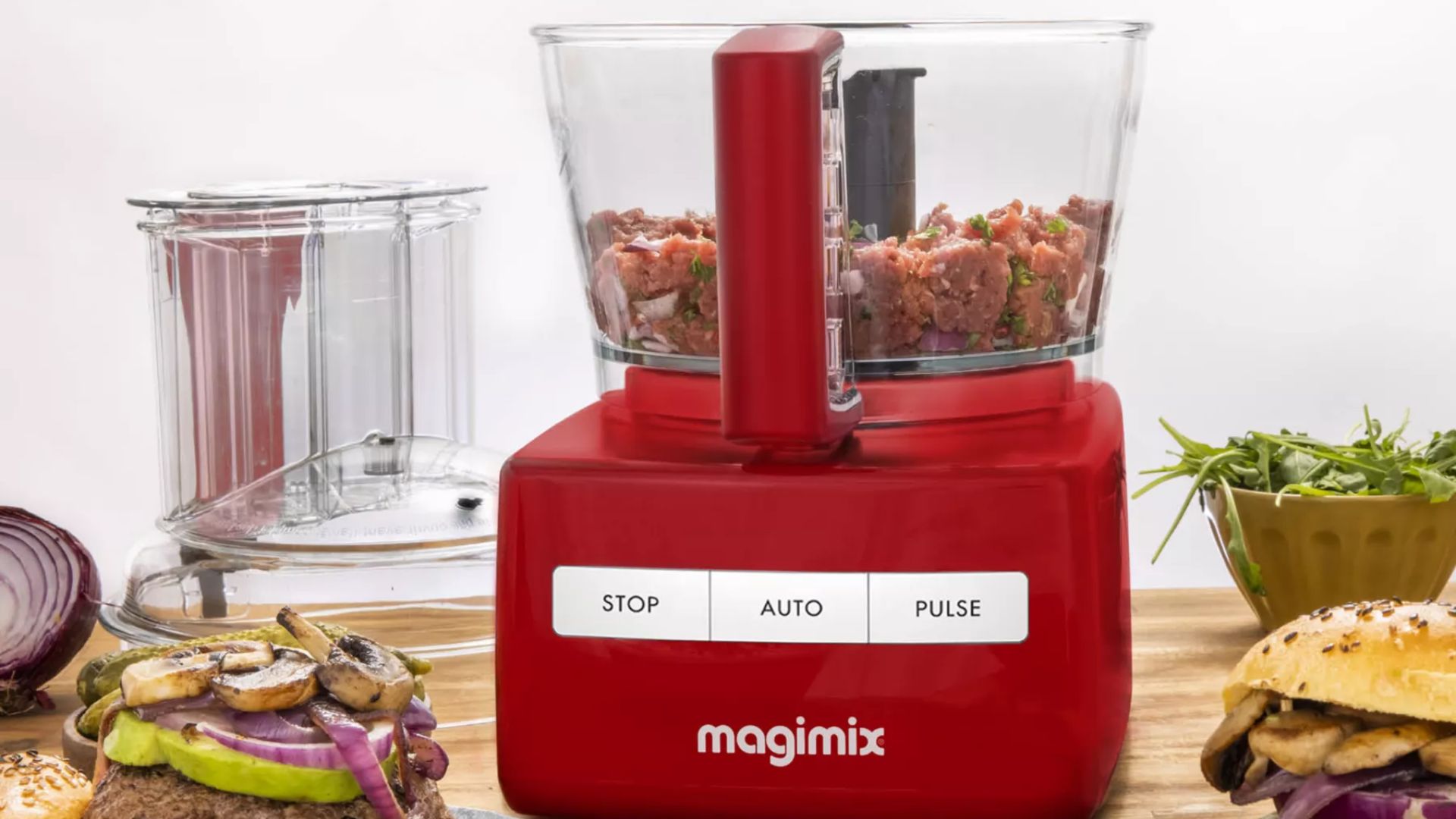
Even the best food processor can run into trouble if you don't use it the right way. And according to experts, putting certain ingredients through your food processor can not only give you sub-par results, they could even damage your machine.
I've been testing kitchen appliances for five years, and I've found that while food processors are one of the most versatile gadgets you can have in the kitchen, they give the best results when you use foods that have the right volume and consistency.
I spoke to Stephen Catherall, Sales Manager at Magimix, the brand that produced the first domestic food processor in 1971, to find out which foods he would advise against putting in your food processor. Here's his advice.
Foods you should never put in the food processor
1. Whole spices

While you'll have no trouble adding some seeds or peppercorns to a marinade mix or some sauce in the food processor, you shouldn't use it in the place of a spice grinder.
"Spice grinders have blunt blades that bash into the spice creating more of a pestle and mortar effect", said Catherall. "Whilst a food processor can chop the spice, it will never produce as fine a powder as a dedicated spice mill and the hard spice may cause some scratching and opaqueness to the bowl where it hits the sides with force."
However, you can still use your food processor on softer ingredients, especially when you're making a paste as opposed to a dry rub. "Having said that", Catherall concurs, "a food processor is a wonderful tool for processing softer seeds, like sesame, which you can transform into the smoothest tahini paste."
2. Frozen meat

"While partially frozen meat is actually beneficial when slicing in a food processor, as it stiffens the meat making it less pliable and stretchy, which in turn produces cleaner slices, fully frozen meat becomes too hard and will damage the machine’s blade and plastic parts," says Catherall.
This does depend on your food processor, warns Catherall. Although he advises that you can use the Magimix food processor on frozen ingredients for making homemade ice creams or crushing ice, I'd advise you proceed with caution with any food processor under 500 watts, just to be safe.
3. Large, hard items

"It’s best practice to chop large, harder items into small pieces first before adding them into the food processor bowl", says Catherall. This could include firmer vegetables such as carrots or potatoes, which may be too large for your chopping bowl if you do attempt to chop them whole.
"Not only will this limit undue stress on the machine, it will also produce more evenly chopped food."
4. Citrus zest

"Always try to incorporate with other foods or liquids [with citrus zest] to limit contact with the food processor bowl", said Catherall. "This is because the limonene within citrus zest is a solvent/degreaser that can cloud the plastic." While you should be ok with some lemon slices, a fresh lemon curd may create more of a problem.
While this doesn't pose a risk to the performance of your food processor, it could limit clarity on plastic bowls, which is hard to restore.
5. High hydration doughs

One of my standard tests when reviewing food processors is to make a quick pastry dough. A good food processor should combine your butter and flour with relative ease, and the food processor will limit the amount of hand-kneading you need to do, which can warm up your butter and impact the texture of your dough.
However, Catherall warns that you need to be careful with the types of dough you're kneading in your food processor. "Take the hydration too high and you’re at risk of overloading the motor and causing permanent damage to your machine."
What about foods that stain?

Foods with high pigment can cause any food processor or blender container to discolor and even stain over time. However, this doesn't mean you shouldn't use ingredients such as turmeric or carrot in your food processor, you just need to know how to clean the residue correctly. Catherall provided some advice on how to do this.
"After processing carrot or turmeric, rub the inside of the bowl with oil to remove any staining", said Catherall. "Turmeric stains may require soaking. Add a small amount of dish soap to the bowl, then fill with warm water. Soak for 30 minutes or until the stain is removed."







